Crassula: care at home, photo.
Crassula (lat. Crássula), crassula, money tree, monkey tree, tree of love and tree of happiness - all this is one name for a succulent plant with fleshy leathery leaves in the shape of coins.
This is an ornamental deciduous plant, but it can bloom, which happens very rarely in indoor conditions. Crassula, like all succulents, accumulates moisture in its leaves, which helps them survive during dry periods.
Since the homeland of the Crassula is the arid tropics in southern Arabia, Africa, the west and south of Madagascar, it is better to place it on the south or southeast side.

Types of Crassula.
There are many types of Crassula in the world, the most common is Crassula arborescens or Cotyledon arborescens. In addition to it, oval and silver crassula are also widespread.
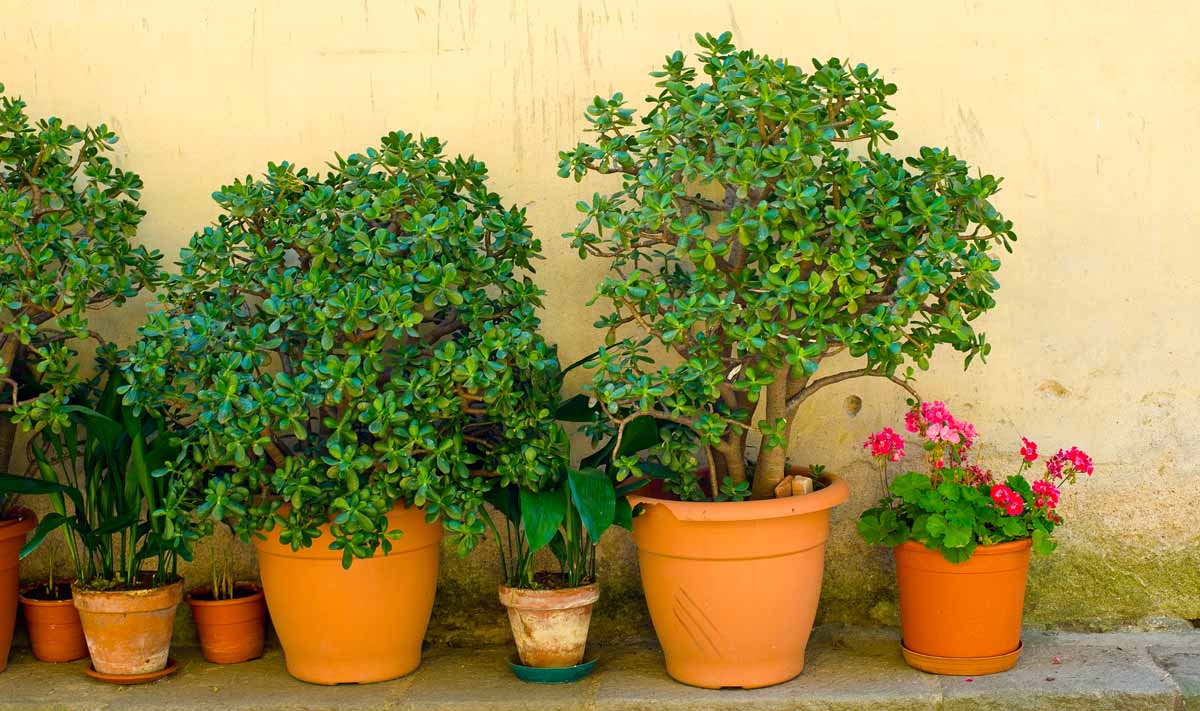
The color of the leaves is very diverse, in particular in the listed species it is green, silver and dark green. The surface of the leaves is shiny with a reddish border or there are red spots on the back of the leaf. All of them at home can reach a height of one to two meters.
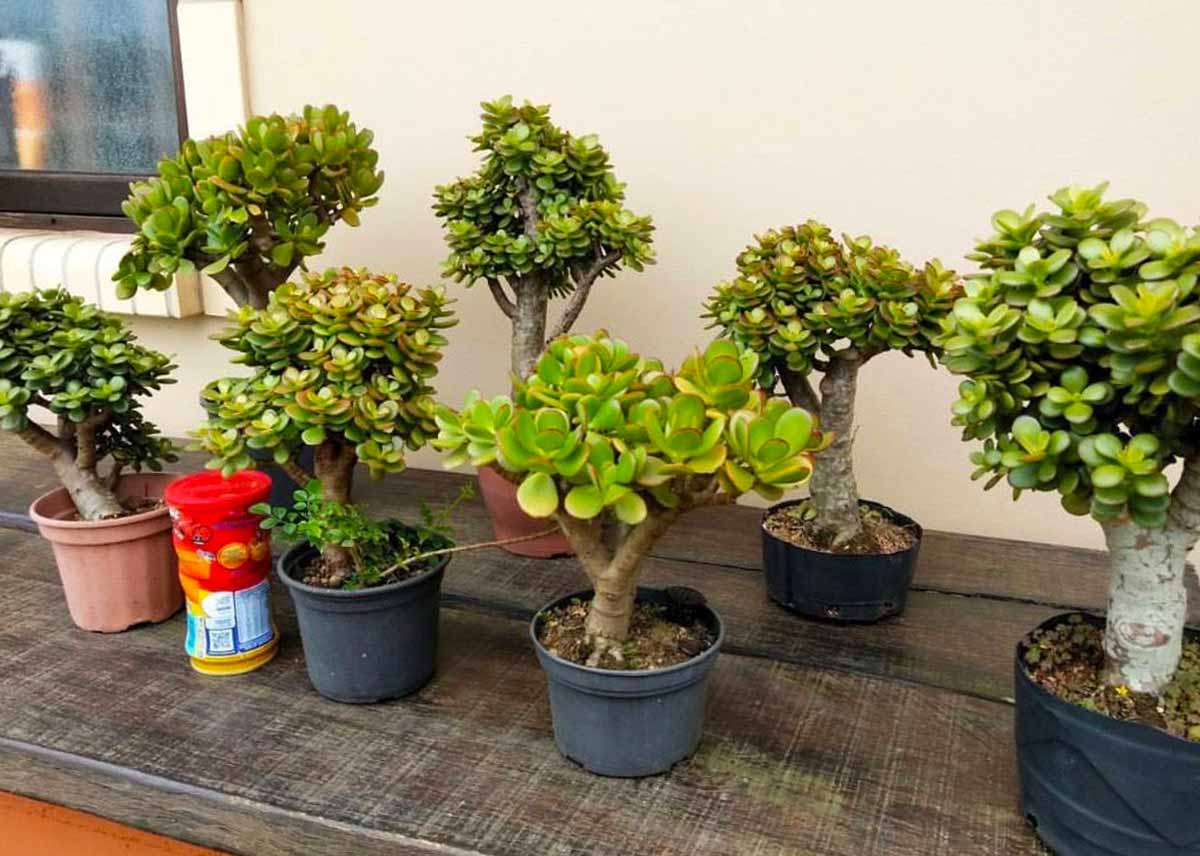
Reproduction and planting of Crassula.
You can grow crassula by leaf cuttings or shoots, slightly drying them and planting them in the ground. Or put it in water and wait for the roots to grow.
For planting Crassula, a soil mixture is suitable for both succulents and cacti and universal soil. If you decide to prepare the soil substrate for planting yourself, then take one part each of sand and soil and three parts of leaf soil.
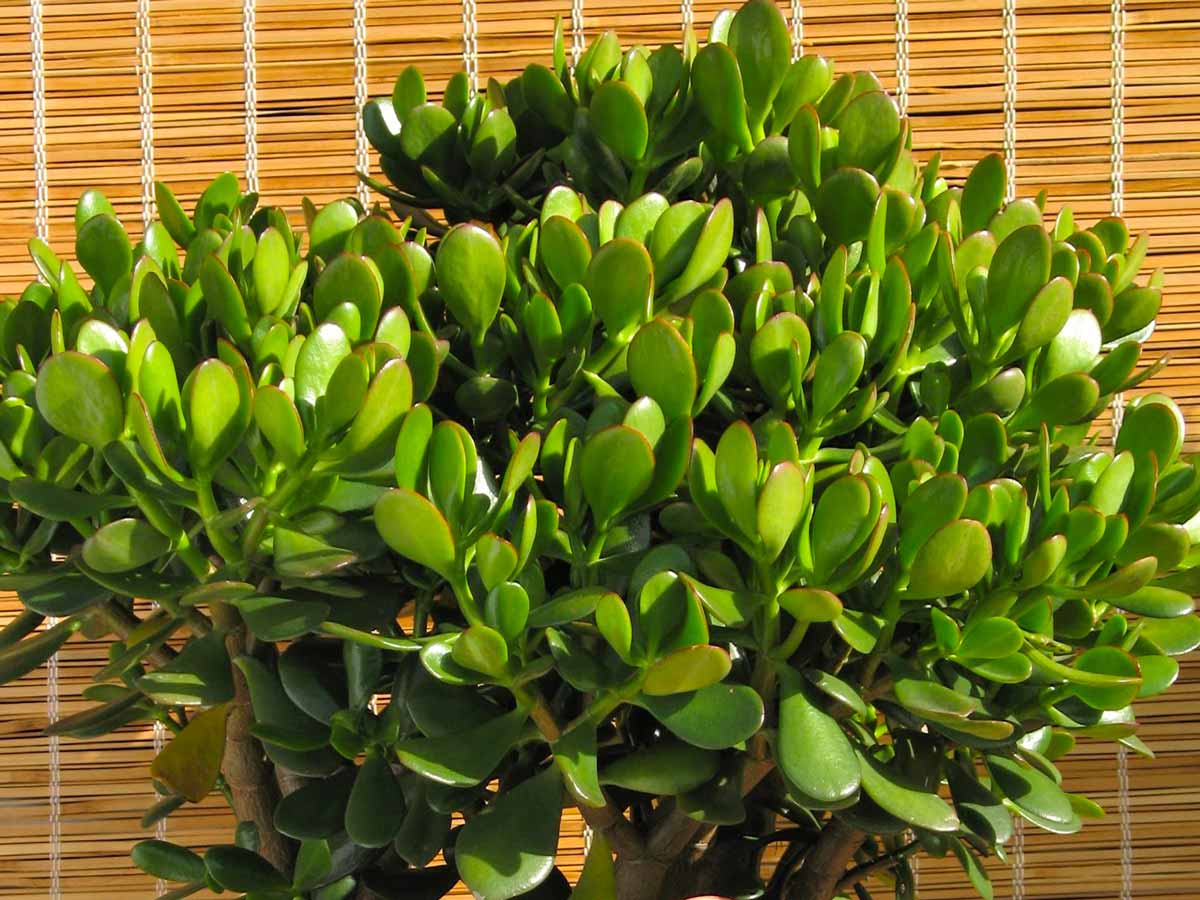
The soil reaction should be neutral or slightly acidic. You should also add brick chips, clay, humus and ash to the substrate. Be sure to place drainage in the planting container. Crassula is unpretentious and not capricious, but still do not forget that it is still a living plant.
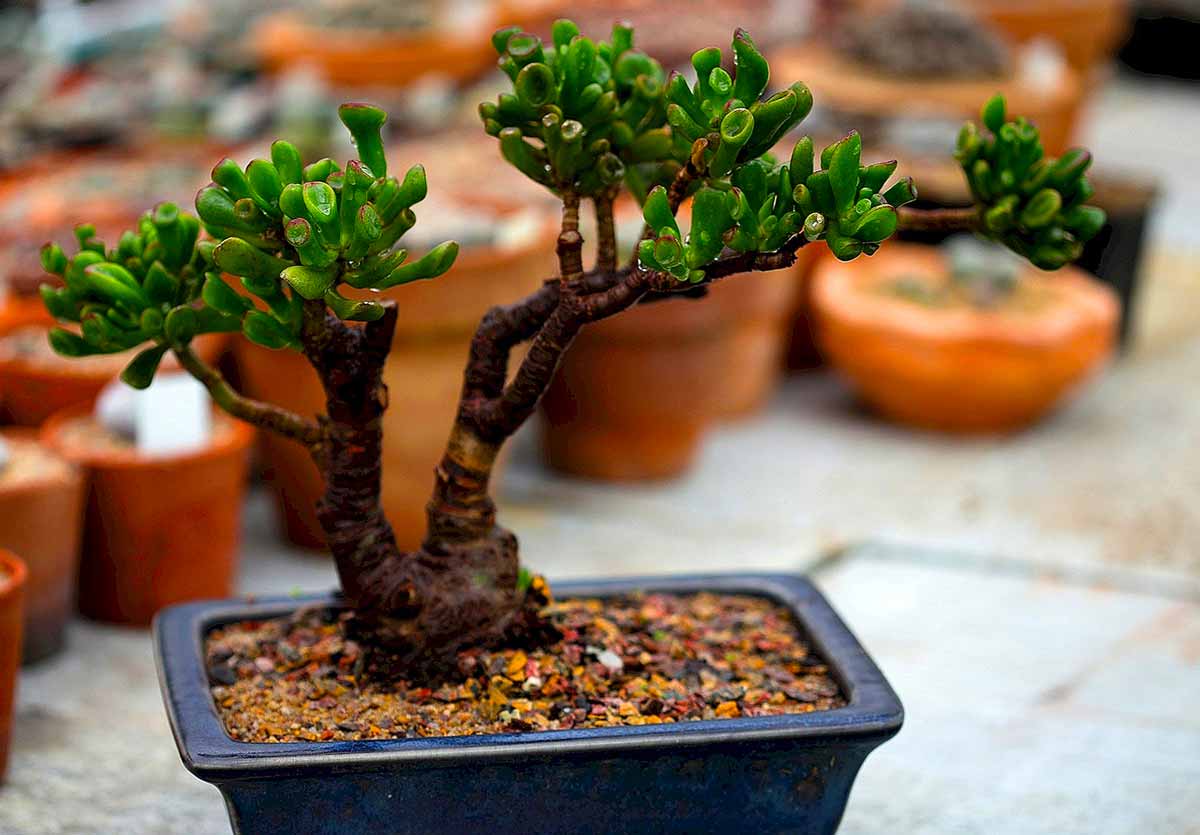
Crassula transplant necessary as it grows, once every two to three years, or even more often. It should be borne in mind that the root system of Crassula may not support a large tree in a pot. Therefore, Crassula requires a fairly deep and heavy pot commensurate with the size of the plant.
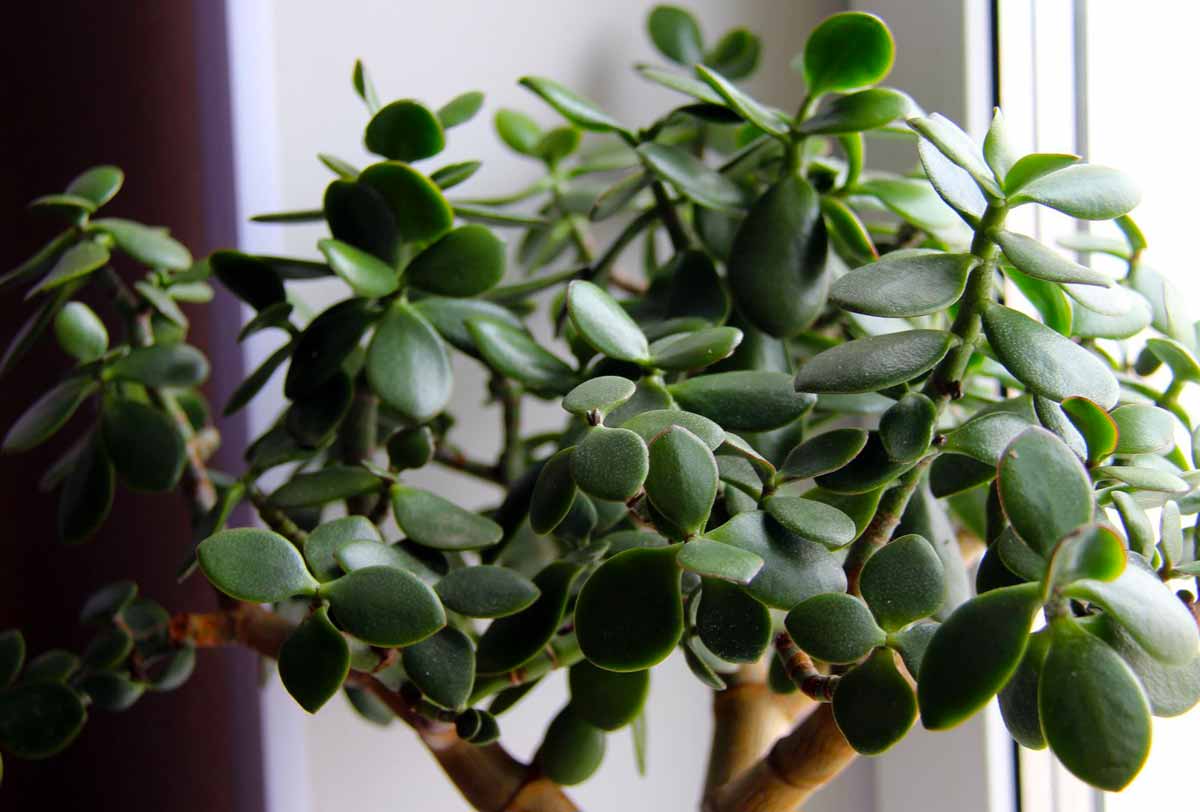
Care for the fat woman.
(Fertilizers, light, temperature, watering).
It is very easy to care for the fat woman. In summer, water the plant as the soil dries, and in winter, the plant is at rest and therefore needs to be watered once a month, or even less often. During the growth period, be careful with watering, do not allow the soil to become waterlogged. Crassula is usually not sprayed, but the leaves are wiped with a damp cloth from time to time.

For the fat woman, humidity is not as important as a well-ventilated room. It is advisable to maintain the temperature in the room where the fat plant grows close to the natural living conditions of this plant - 20-22C in the summer and 10-12C in the winter.
Crassula is a very light-loving plant, but it loves direct sunlight in small quantities.
Like all plants, the fat plant is “fed” with fertilizers; apply “GUMI” or humisol 1-2 times a month during the growth period; fertilizers for cacti are also suitable.

Calendar.
All succulents need rest from September to February - during this time the plant is placed in a cool, bright place and practically not watered.
In summer they need fresh air and warmth.
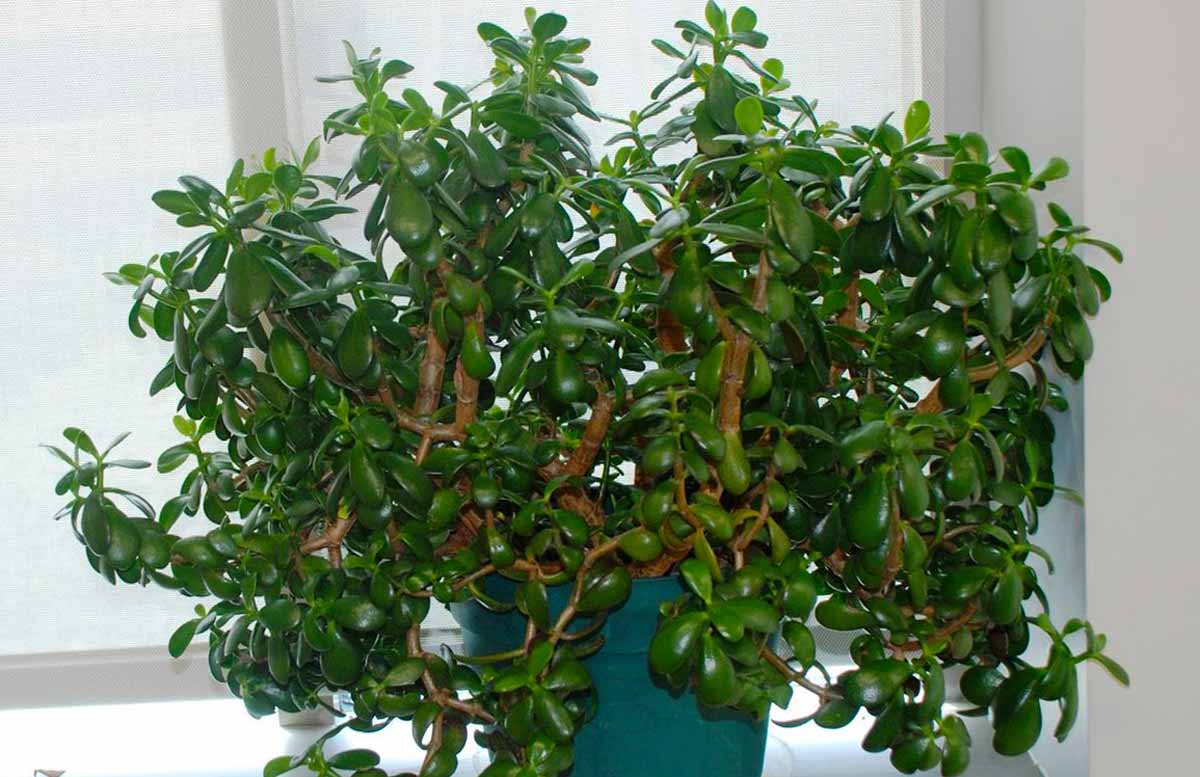
These two points are very important in care; this is a kind of guarantee of the plant’s well-being. But old specimens, if these points are observed, may even bloom.
The plant is usually replanted in the spring.
Crassula can be propagated in spring and summer.
Fertilizing should only be done during the growth period.
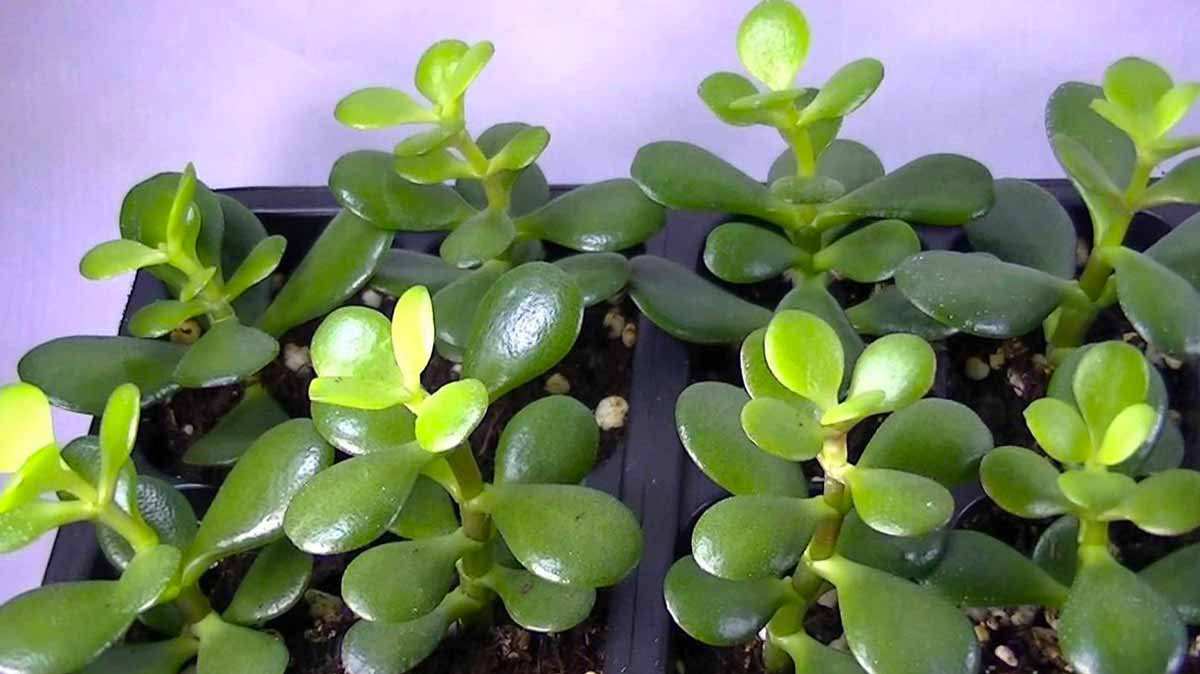
Possible difficulties in growing.
Due to insufficient watering in the summer or the water for the plant was too cold, the leaves may fall off. Due to excess moisture, especially during the dormant period, leaves may wilt or turn pale. And if the plant does not have enough moisture at this time, the leaves begin to darken and wither.

Naturally, new soil will be needed. Or you can cut off the top and regrow the tree. An ugly long stem will tell about winter waterlogging and lack of light.
Crassula is practically not affected by various pests. If this does happen, then you should use generally accepted measures to combat a specific pest.
Growing Crassula.
To get a strong and beautiful tree, it is necessary to form a crown from the very beginning - that is, remove the lateral shoots in time until the tree grows to the desired length (the plant itself is 25-30 cm, and the bare trunk is about 15 cm).
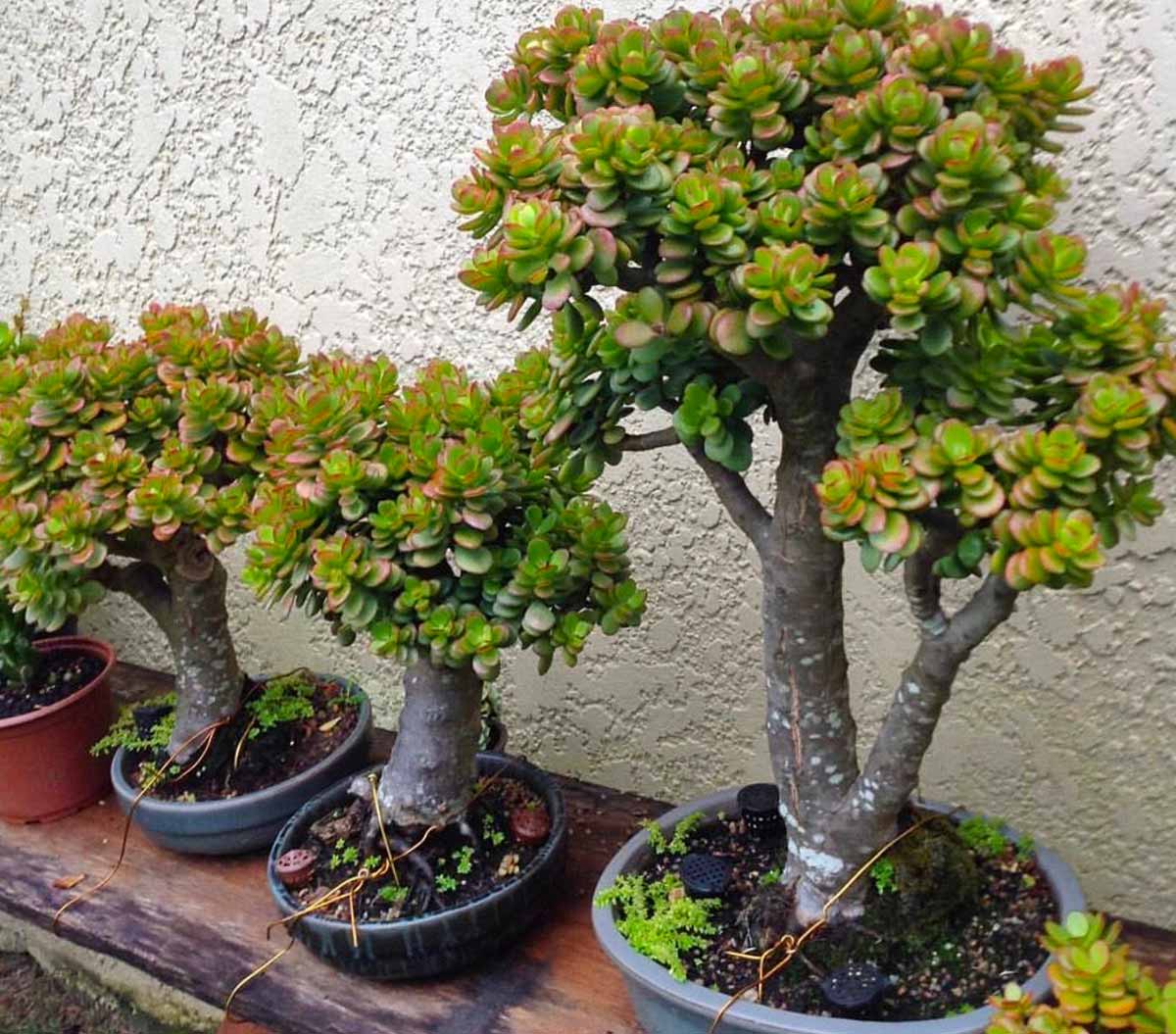
Then you should pinch the top and the plant itself will begin to expel side shoots and branch the crown. Rotate the flower pot from time to time so that it does not lean to one side.
While the trunk of the fat plant grows woody, it will shed its lower leaves on its own, and only then will it begin to bush.




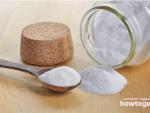



 Nail care
Nail care Prom hairstyle for long hair
Prom hairstyle for long hair 18 wonderful New Year cards that even a child can make
18 wonderful New Year cards that even a child can make The best set of exercises for morning exercises
The best set of exercises for morning exercises